A swaying elephant. A feather-plucked parrot. A pacing tiger.
For many exotic animals, the signs of poor welfare in captivity are easy to spot. But what about reptiles? How can we tell when a snake is suffering? Can a snake suffer?
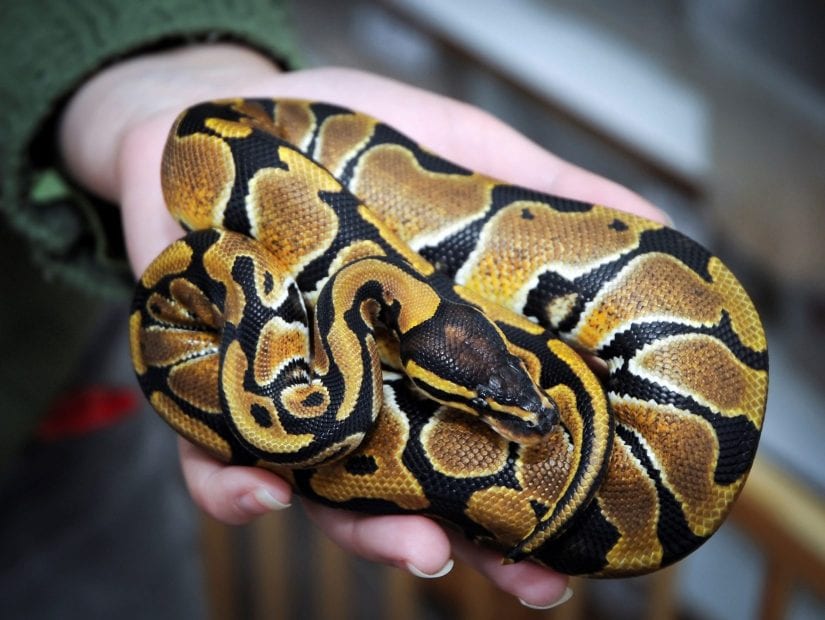
The traditional view
Reptiles have long been regarded as simple animals with little capacity for learning or emotion. “They’re basically seen as instinct-driven robots,” says Meghann Cant, manager of companion animal welfare science & policy for the BC SPCA. “It’s a common misconception.”
A new perspective
Thanks to a growing interest in reptile cognition and behaviour, the view of reptiles as robots is slowly changing. “We’re discovering more and more about their abilities all the time,” says Cant.
Research now shows, for instance, that reptiles can count, navigate mazes, solve food puzzles and use tools. They are known to hunt in groups and take on babysitting duties. Some even play games like tug-of-war and keep-away.
Clearly, evidence is accumulating that reptiles are more mentally and emotionally complex than previously assumed. “This should really call into question the way we’ve been caring for these animals in captivity,” says Cant.
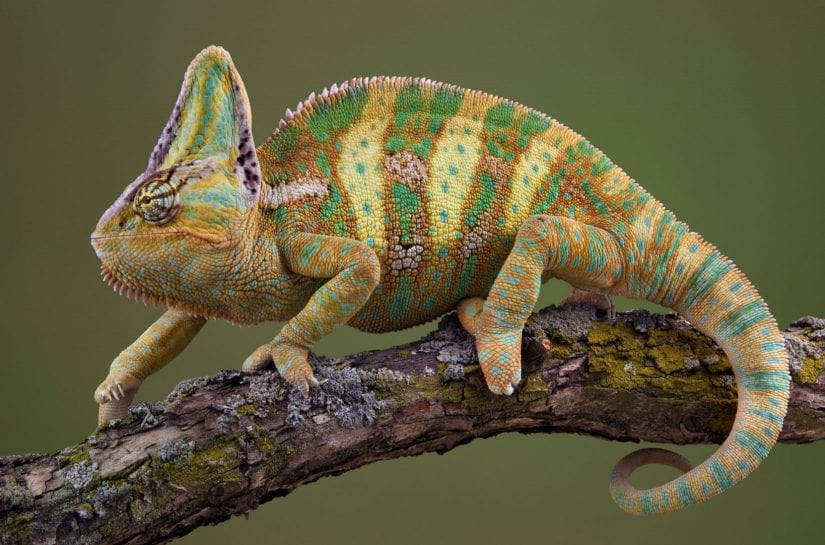
Beginner pets?
Unfortunately, reptiles are often marketed and sold as “easy-to-keep” pets for beginners. But no animal with complex and, in many cases, poorly understood needs is easy to care for, argues Cant. She points to a number of other common but harmful myths about reptiles still being perpetuated.
Myth: Reptiles don’t need a lot of space.
“There’s a perception that all reptiles really do is lay around,” says Cant. But studies of wild reptiles have shown many to be highly active animals, travelling within home ranges several hundred square metres to hundreds or thousands of square kilometres in size. “Yet we’re still keeping snakes in tanks that don’t even allow them to stretch out straight,” she says.
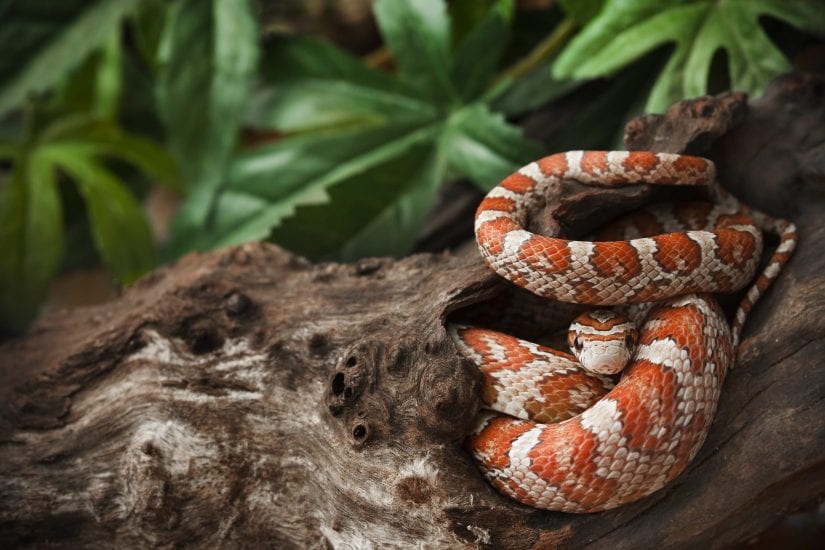
Myth: Reptiles don’t need specialized nutrition.
Many reptiles in captivity are fed diets consisting entirely of frozen rodents like mice and rats or live insects like crickets and mealworms. Obviously, though, reptiles in the wild have a far more varied diet that provides different scents, tastes, textures and nutrition, not to mention foraging challenges. “Again, it’s just another example of a need that we’ve assumed is simple and easy to meet,” says Cant.
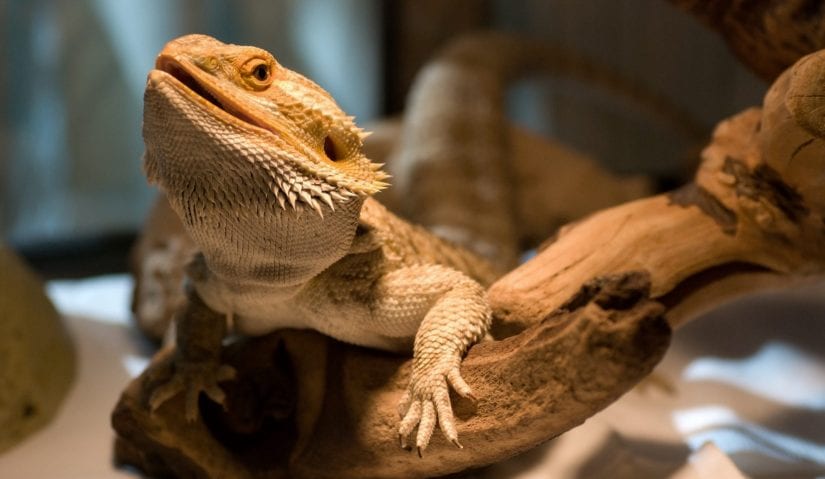
Myth: Reptiles don’t need a complex environment.
Reptiles are adapted to living in a wide variety of habitats, from deserts to oceans to rainforests. These habitats fulfill their varied needs to hunt, burrow, climb, swim, hibernate and mate. “Many products made for reptiles are advertised as having all of the elements necessary for the animal to thrive,” says Cant. “But, in reality, they often allow animals to do little more than perch, hide, eat and drink.”
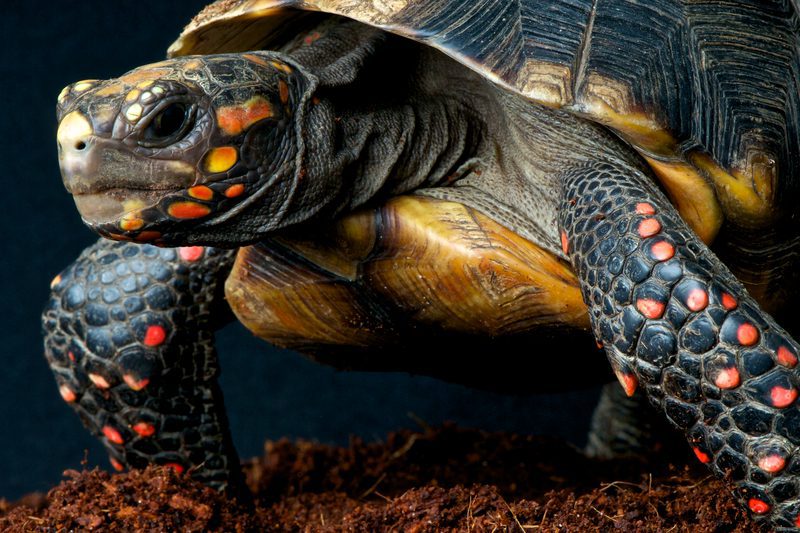
Myth: Reptiles don’t need specialized environmental conditions.
Pet stores routinely tell customers that all reptiles need is a cooler area and a warmer area to help them regulate their body temperature, and perhaps a mist of water to maintain humidity levels, says Cant. In contrast, wild reptiles are able to move between microhabitats with differing microclimates to meet their needs, not only during the day but from season to season as well. “Captive environments just can’t replicate this complexity,” says Cant.

The bottom line
Sadly, many people who keep reptiles as pets only recognize that their animals are not coping well once they develop late-stage signs of severe welfare issues. These include wounds, disease, dehydration, malnutrition and even death. This means that large numbers of reptiles are experiencing considerable suffering in captivity.
According to Cant, myths about reptiles are not only harmful because of the suffering they can cause, they also stand in the way of us truly understanding these fascinating animals. “There’s a difference between surviving and thriving in our care,” she says. “I think it’s time that we ask ourselves what’s in it for the animal.”
For more information:
- Find out which reptiles and other exotic animals are illegal in B.C.
- Learn about the animal welfare, health and safety, and environmental concerns around exotic pets.
- Discover the widespread impacts of the global wildlife trade.
WildSense e-newsletter
Sign up for WildSense to learn more about the unique issues and challenges of wild and exotic animals in B.C. WildSense also keeps you up-to-date with Wild ARC and its public events. Subscribe today!
